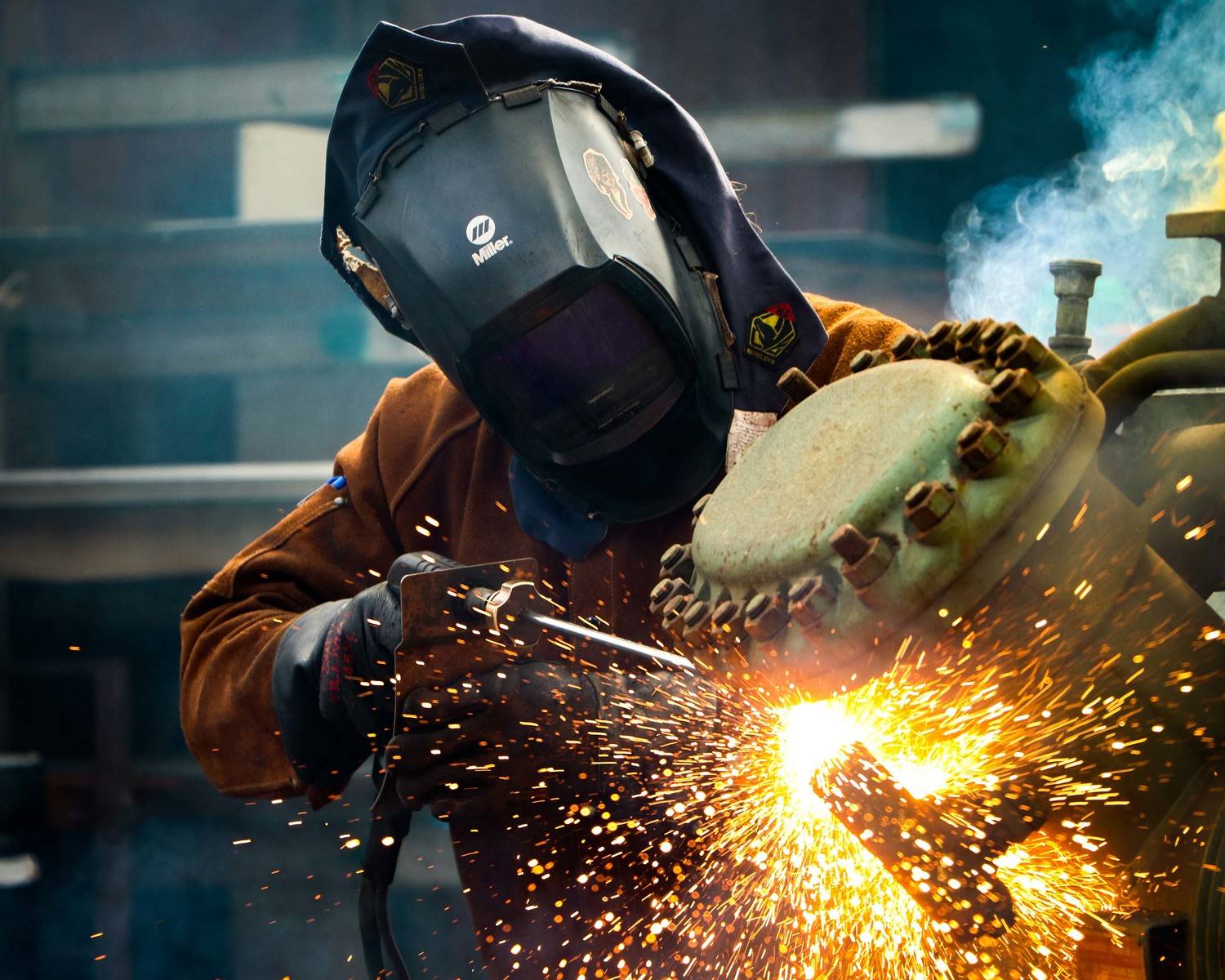The Ultimate Guide to Welding WPS Procedures: A Comprehensive Summary for Welders
In the intricate world of welding, Welding Treatment Requirements (WPS) offer as the backbone of making sure top quality, uniformity, and security in welding operations (welding WPS). As we delve into the various parts of a WPS and discover the complexities of qualification and certification, we will certainly reveal the vital role these treatments play in the realm of welding.
Significance of WPS Procedures
Recognizing the importance of Welding Procedure Specs (WPS) procedures is critical for making certain the high quality and honesty of welded frameworks. WPS treatments act as a roadmap for welders, outlining the needed steps, parameters, and products required to accomplish a sound weld. By sticking to WPS standards, welders can make sure consistency in their work, leading to structurally audio and trusted welds.
Among the main reasons that WPS treatments are necessary is their role in maintaining weld quality and stability. Complying with the specified welding parameters and techniques laid out in the WPS assists avoid issues such as porosity, splitting, or insufficient combination, which can jeopardize the toughness and sturdiness of the weld. Additionally, WPS procedures are critical for making sure compliance with industry standards and codes. By adhering to well established WPS standards, welders can demonstrate that their job meets the needed needs for safety and high quality, giving guarantee to clients, examiners, and regulative bodies. Basically, the value of WPS treatments can not be overstated, as they are essential to attaining consistent, premium welds that fulfill market requirements and specs.
Components of a WPS
A Welding Treatment Specification (WPS) typically makes up essential parts that detail the details needs for carrying out a weld, guaranteeing consistency and high quality in the welding procedure. The essential components of a WPS include essential variables such as base steels, filler metals, interpass and preheat temperatures, welding procedures, securing gases, welding positions, and post-weld warmth treatment needs.
Base metals describe the materials being signed up with, while filler steels are utilized to load the gap between the base steels during welding. Preheat and interpass temperatures are vital for controlling the warm input and preventing problems like cracking or distortion. The welding process details the details technique to be used, whether it's gas metal arc welding (GMAW), protected steel arc welding (SMAW), or another method. Securing gases secure the weld pool from atmospheric contamination. Welding placements specify the orientations in which welding can be carried out. Post-weld warm therapy might be essential to relieve anxieties and boost the weld's properties. An extensive understanding of these elements is vital for producing a efficient and thorough WPS.

Qualification and Certification
Having actually developed the crucial components of a Welding Treatment Requirements (WPS), the emphasis currently changes in the direction of the important elements of certification and accreditation in welding practices.

Certification, on the other hand, is the formal acknowledgment of a welder's qualifications by a relevant accreditation body or company. Welding qualifications are generally based upon the specific welding procedures, products, and placements a welder is qualified to work with. Holding a legitimate welding qualification shows that a welder meets market requirements and is skilled to carry out welding jobs to the called for specifications.
Creating a WPS
To create a Welding Procedure Requirements (WPS) that satisfies sector requirements, mindful consideration of welding procedures, materials, and functional specifications is essential. The first step in developing a WPS is to recognize the welding procedure to be utilized, such as gas steel arc welding (GMAW) or shielded steel arc welding (SMAW)

Implementing and Keeping An Eye On WPS
Upon completing the detailed Welding Treatment Spec (WPS) that meticulously details welding processes, materials, operational parameters, and quality control steps, the focus shifts to effectively implementing and monitoring the established procedures. Implementation includes making sure that all welders associated with the job know with the WPS and follow it diligently during the welding process. This calls for giving ample training and guidance to guarantee adherence to the defined procedures. Keeping an eye on the WPS includes continual oversight to verify that welding activities straighten with the recorded specifications. Inspections, testing, and quality assurance actions are important components of the tracking process to determine any kind of concerns or deviations quickly. Normal audits and evaluations of the welding procedures help in preserving uniformity and high quality throughout the project. Reliable application and monitoring of the WPS are essential for ensuring the integrity, stamina, and safety and security of the bonded joints, eventually adding to the total success of the welding job.
Conclusion
To conclude, understanding and following Welding Procedure Requirements (WPS) is important for welders to ensure high quality, consistency, and safety and security in their work. By recognizing the More about the author elements of a WPS, acquiring proper qualifications and qualifications, creating thorough procedures, and carrying out and checking them effectively, welders can improve their skills and proficiency in welding methods. Abiding by WPS procedures is important for creating high-quality welds and conference industry requirements.
In the intricate world of welding, Welding Procedure Specifications (WPS) serve as the foundation of guaranteeing high quality, uniformity, and safety and security in welding procedures. The welding process details the details strategy to be used, whether it's gas metal arc welding (GMAW), shielded metal arc welding (SMAW), or one more approach.To develop a Welding Procedure Spec (WPS) that meets industry standards, careful consideration of welding processes, materials, and operational specifications is important. The first step in developing a WPS is to identify the welding process to be made use of, such as gas steel arc welding (GMAW) or secured steel arc welding (SMAW)Upon settling the thorough Welding Procedure Specification (WPS) that thoroughly information welding processes, products, my response operational specifications, and high quality guarantee measures, the focus moves to successfully applying and monitoring the recognized procedures.